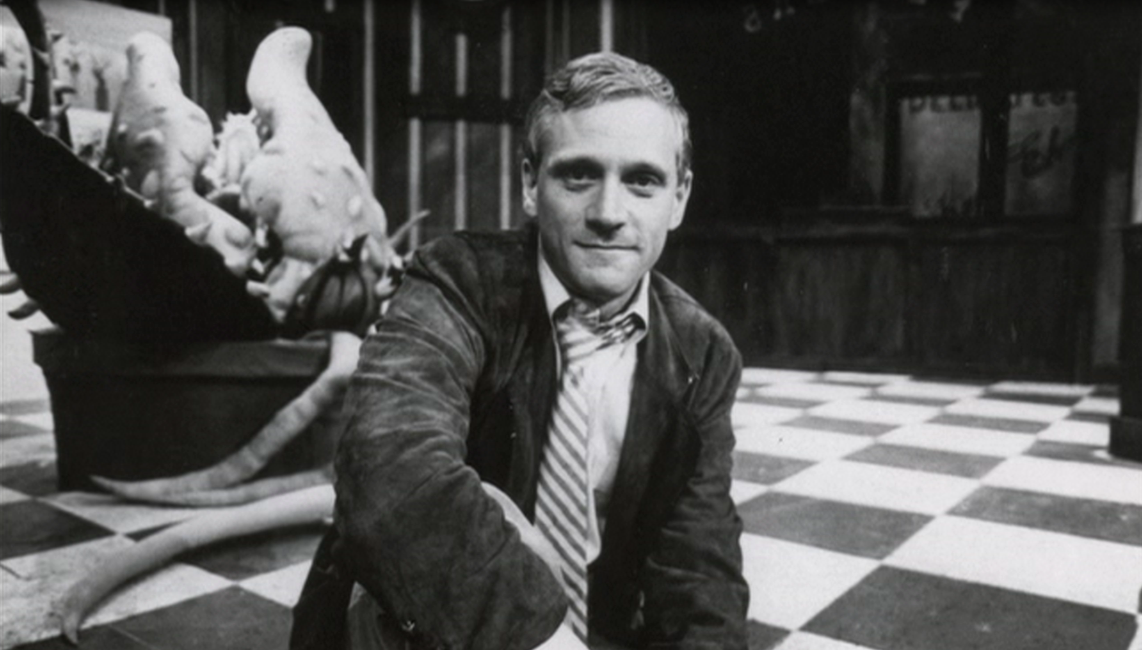I revisit my top 5 and 10 films periodically, and sometimes I write notes like the following.
27 Mar 2017 @ 07:49, PST
#1: “The Grandmaster,” Wong Kar Wai (2013)
#2: “The Wind Rises,” Hayao Miyazaki (2013)
#3: “The Tale of Princess Kaguya,” Isao Takahata (2013)
#4: “Paprika,” Satoshi Kon (2006)
#5: “Minority Report,” Steven Spielberg (2002)*
#6: “Moonlight,” Barry Jenkins (2016)*
#7: “Beauty and the Beast,” Howard Ashman** (1991)
#8: “Mad Max: Fury Road,” George Miller, Margaret Sixel** (2015)
#9: “Eternal Sunshine of the Spotless Mind,” Michel Gondry (2004)
#10: “The Dark Knight,” Christopher Nolan (2008)
*Note #1: It was incredibly difficult to put Jenkins’ “Moonlight” at #6 because, for all unequivocable sakes and purposes, “Minority Report” is an inferior film by at least tenfold. However, I’ve reserved my top five films for films that have impacted my filmmaking ethos and philosophy is a distinct, discernible way, as well as raising questions -- be it ethical, political, social, etc. -- that I may not necessarily agree with, if not outright oppose.
Also, as ‘childish’ as this may seem: I often revisit my top 5 and 10 films at least once a year, if not more so on any given occasion, because
a) I find them enjoyable (the feeling without necessarily thinking part), and
b) I’m always learning something new with each subsequent viewing.
“Minority Report” is a personally significant film because it was one of my earliest memories in realizing that film was a medium that could explore implications and ideas while adhering to gripping and interesting narratives. (I also love procedurals, which makes sense since I spent many years in the pre-medical track before segmenting off into a different, complementary field -- see: Sir Arthur Conan Doyle.) Additionally, Janusz Kamiński’s cinematography in this film never fails to take my breath away.
Since lists are always subjective, in my mind “Moonlight” and “Minority Report” are inherently in my personal top 5 list, so I’ve only listed “Minority Report” in the chronological #5 by chronological succession of their release. I suspect that over time, as the poetry and mastery of “Moonlight” continues to seep into my subconscious, it will easily kick out “Minority Report” into #5 for the rest of my life -- the question, really, is how long that will take. (As of today, I’m giving it a year.)
**Note #2: These individuals are not (in strictest terms) the primary director of the film in question. However, I’ve listed them here because I feel that their contributions are what made the film in question the way it is -- which is to say, they are the heart and soul of why this movie works for me.
Howard Ashman: He was a genius lyricists who embedded spunk into a bibliophilic protagonist, internal conflictions of a ‘beast’ in appearance, and the subtle yet malicious underpinnings of how chauvinism and patriarchy transform a pompous buffoon into an actual monster. Ahistorical hipsters currently going on about how “Beauty and the Beast” is an ‘anti-feminist movie that shouldn’t be celebrated’ would do themselves a favor in further exploring:
1) The original context of which the French fairy tale was conceived, as it was both an examination of arranged marriages and finding ways to cope within the context of a patriarchal society, and
2) To watch the 1946 French film, “La Belle et la Bête” (directed by Jean Cocteau) which added to the original cannon and has the original character that inspired Disney’s Gaston, Avenant.
No lyricist in the Disney Renaissance of the Animation from 1989 to 1999 ever came close to capturing the creativity and clever underpinnings of Ashman’s captivating overtures and haunting ballads of wishes, desires, and longing for a place in what can be a largely unforgiving world to those who do not fall into place. In remembering that Ashman was also a gay man who died as a result of Reagan era domestic policies and died eight months prior to the film’s release, the songs of “Beauty and the Beast” take on an additional weight, melancholy and depth.
Margaret Sixel: Hollywood seems to have forgotten how to properly frame and edit and action sequence since the early 2000s (or, dare I say, even before then) in favor of seeking verisimilitude at best, or valuing quantity of ‘tried and true(ly bad)’ action formulas for the ‘tried and true(ly abysmal)’ middling ground of mediocrity.
“Mad Max: Fury Road” comes together from over 400+ hours of raw footage because of the attentive editing eye of Margaret Sixel: her attention to detail notwithstanding, Sixel astutely refused to fall in line with Hollywood ‘verisimilitude’ and instead opted for visual cohesion in line with what director George Miller strived for -- to create a film that could be understood without subtitles.
Sixel’s background in documentary filmmaking is not only an asset in her understanding of visual cohesion, but arguably the main reason why she understands the invisible fiction of editing. From double to quintuple takes, strategic slow motions and quiet moments during an assault of steampunk battle machines, as well as the beautifully unforgiving desert landscape so ravaged by toxic masculinity that pixels of blue and teal become visual diamonds, Sixel transformed what could have otherwise been standard action fare into a seamless, metal infused movie. (Oh, what a lovely day!)











